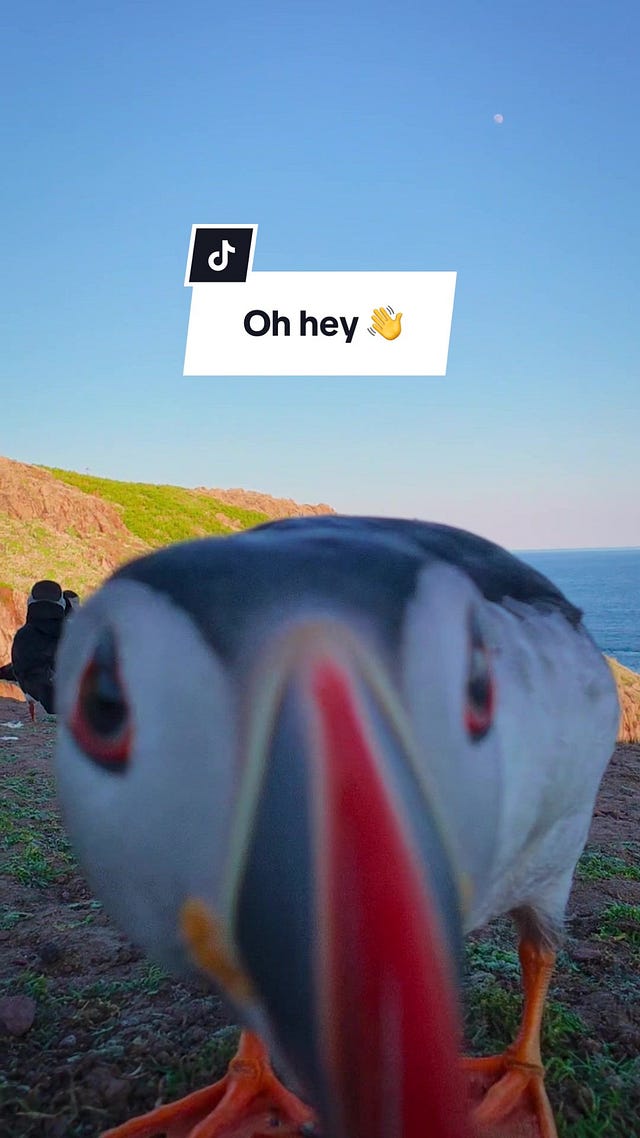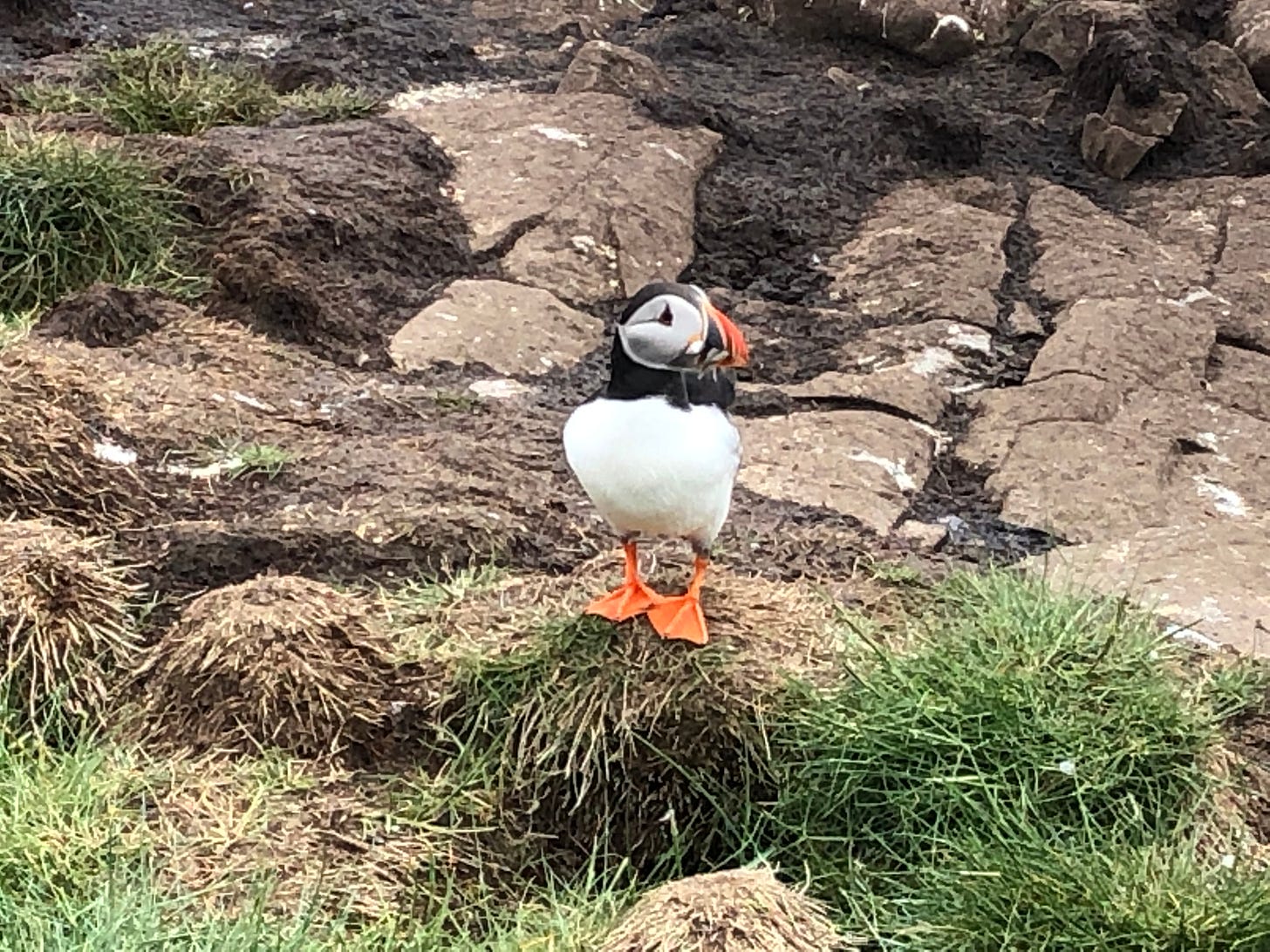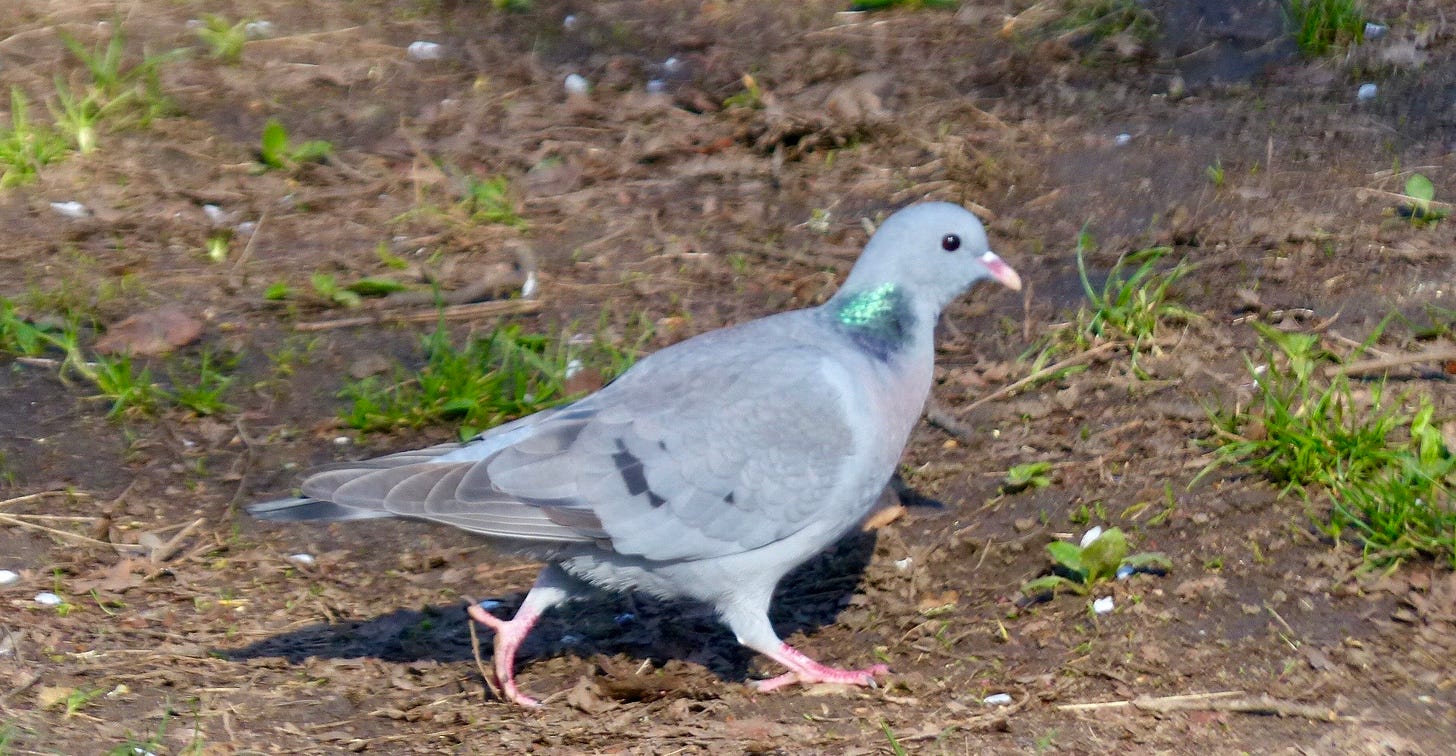Friends Reunited
The last time we did this, Jim Callaghan was Prime Minister, the nature reserve was fields, and if I’d said I’d seen fourteen cattle egrets in a tree you would have patted me on the head and wondered aloud if perhaps I’d caught the sun, and wasn’t it just a bit past my bedtime?
There’s a strange familiarity to it. We were schoolboys back then, of course, thick as thieves and occasionally as dishonest. Cricket was a common passion; birds another.
We lost touch. It happens. Forty-seven years passed. Thanks to The Wonders of the Internet™, contact is resumed. And there he is, in the car park at RSPB Otmoor, just the same.
The birds themselves – the cattle egrets, the glossy ibis, the kestrels, coots, mallards, redshanks and all the rest – are, in a way, irrelevant to the story, the backdrop to a small tale of friendship rekindled. Without them we’d be two middle-aged blokes going for a walk. But they’re the link, the glue.
We walk. We talk. Life histories are exchanged. Mike has lived in Australia for 35 years; I haven’t. Mike shows people birds; I write about them. Mike still plays cricket to a high level; I still play cricket.
We discuss the major issues: whatever happened to so-and-so (he’s alive and well and living in Basingstoke), do England have a chance in The Ashes (they do), was that a female reed bunting (it was).
Time – our perception of time – is odd. Most days I can’t remember what I did last Thursday. But talking to Mike, childhood incidents reappear in my memory in vivid Technicolor, crisp as the day they were imprinted. And for those three hours the years slip away and we’re just two eleven-year-olds chatting shit about birds and cricket and life, just as the universe intended.
Puffin
First, a joke.
I just caught a puffin and a guillemot in flagrante delicto.
Auks.
See, it’s funny because both those birds are members of the auk family, and ‘auks’ is a homophone for ‘awks’, which – no, wait, I’m nearly finished, honestly you’ll appreciate the cleverness of the joke much more if I explain it to you in close detail – as I say, ‘auks’ sounds like ‘awks’, a slang contraction of ‘awkward’ that first came to popularity in the mid-2000s – or, as the New Yorker would insist we call them, the ‘aughts’, which if you say it lazily might sound a bit like ‘auks’ or ‘awks’, which is of course the punchline of my excellent joke, the bonus to which, incidentally, is that it has AEV, or ‘Added Educational Value’, because if anyone reading the joke doesn’t know what an auk is, they will almost certainly be able to work it out by extrapolation, and will go about their day not only with a smile on their face and an indulgent groan in their heart but subtly improved as a human being, and surely that is all we can ask for in this wild, crazy, topsy-turvy world?
Morning.
How are you?
So anyway, puffins. We love a puffin. Comical, dumpy things with clown faces and colourful bills. Most people, even if they struggle to tell the difference between a blackbird and a raven, know the puffin. Deliciously photogenic, and trusting of humans to an almost idiotic degree, they’re the darlings of wildlife photographers, especially when they pose on a rock with a flop of sand eels sticking out of either side of their beak.
The sand eels were not available for comment.
Those colourful beaks are an advertisement of a bird’s suitability for breeding, but there’s a bit more to them than meets the eye. Shine a UV light on them, and the yellow ridges will light up like a plutonium rod. And inside (as well as on the tongue) are layers of spines, all the better to hold on to sand eels with (other fish are available, including sprats, herring, caplin and many more).
To catch those fish and feed their families, puffins have evolved a dually effective body plan. They must be fast and nimble underwater, so their wings are well suited to flipper-like manoeuvrings – powerful enough to send them as deep as 60 metres, although the bulk of their fishing is done at less than half that depth. But it’s no use catching all those fish if you’re then unable to transfer them to the hungry chicks in your nest burrow. And the journey from water to burrow isn’t necessarily straightforward, what with updrafts and gusts and general flight-spoiling windswirlery. So while their demeanour when whirring low across the water – small wings flapping desperately at 400 beats a minute – is one of mild panic, they’re in their element when coming into land, negotiating everything aerodynamics can throw at them with verve and aplomb, then executing the landing with a nonchalant flourish that garners a grudging 5.9 from the Canadian judge.
Go to the right place at the right time – Skokholm, a small island off Pembrokeshire, between May and July, is an excellent example – and you’ll have your fill of puffins. Their curiosity and comic behaviour simply cry out for use of the word ‘antics’. Possibly, on a good day, zany ones.

 Tiktok failed to load.
Tiktok failed to load.Enable 3rd party cookies or use another browser
For most birders, the puffin season is short. They (puffins, not birders) come to land only to breed. March to July is the window. Right now, they’re preparing to head back out to the open sea. Some have already gone. There they’ll get on with the hard process of survival in a harsh environment, away from our adoring gaze. Their colourful beaks, purpose served, will shrink and fade, and their appearance will become monochrome, just like their cousins, razorbills and guillemots, which, as everyone should I hope know by now, are…?
Auks.
Stock Dove
A flock of feral pigeons, feeding on the ground. Scruffy, argumentative, commonplace. For many people, a phenomenon to be ignored or reviled. Which is a shame, because, quite apart from the often overlooked attractions of Columba livia (domestica), those foraging flocks often contain a pleasant surprise.
Take that scruffy feral pigeon, with its grey and black plumage. Smooth the variegated look until it’s a uniform blue-grey. Leave a couple of black bars on the wings for old times’ sake. Replace the mad, staring eye with a bright black button. Shift the slider marked ‘neck iridescence’ up a notch. Bit more. Bit more. Just one more nudge.
Perfect.
You now have a stock dove, a bird that flies – compact, with flickering wings – under most people’s radar. I like to think of it as a connoisseur’s bird. The posh pigeon, appreciated by those in the know. ‘Underrated’, in birding parlance.
They’re hole-nesters, a habit that, via Old English (‘stocc’ = ‘stump’) gives them their name. Deforestation doesn’t do them any favours. Pesticide bans redress the balance. Their abundance is on the up. Woods and parks are where they often hang out – in winter they also favour farmland, where they indulge the preference of most of their family for seeds and grains, much to the irritation of farmers.
And they like to hang out with their feral cousins. So when you see a flock of feral pigeons, stifle your irritation, quell the urge to walk on, and have a closer look for this underrated bird. Because you never know.






Last week, in the heat (in the UK), I finally downloaded Merlin (the app) because there was a bird making the sound of what I thought could only be a hoopoe. And I thought that because I'd recently watched a microcontroller lecture where they were simulating the sound of a hoopoe electronically. The lecture had taken place at Cornell University. That's right, the same university where Merlin was developed. Two worlds were colliding, so I very excitedly engaged Merlin, only to discover my mystery bird was in fact… a stock dove.
I saw your post of that joke on BlueSky and figured I was missing the point because 🤔 🤷🏼♀️. Common, for me, with jokes, so thanks for explaining!